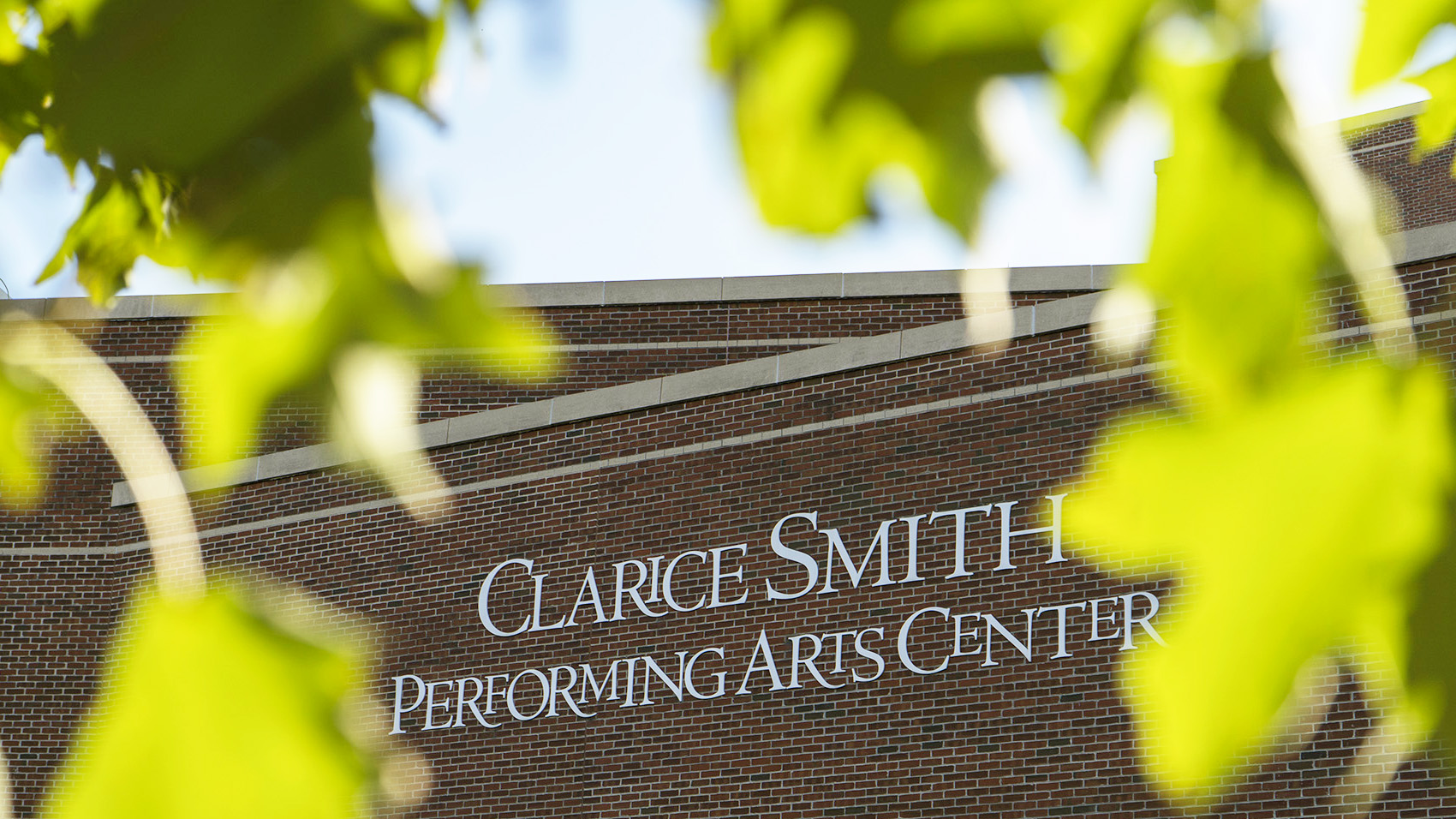By Matthew Weinsheimer
For the Diamondback
The University of Maryland’s UMD Japanese Koto Ensemble and UMD Gamelan Saraswati Ensemble came together for an afternoon of music and celebration at The Clarice Smith Performing Arts Center Sunday.
The two ensembles are classes in the music school and teach traditional music from distinct Asian cultures — Japan and Bali.
The Japanese Koto Ensemble kicked things off, playing multiple melodic pieces. Raina Newsome, a senior anthropology major, picked the koto because of its intricacies.
“It’s kind of technical and more complex, and I don’t know, it’s just an interesting instrument,” Newsome said.
The koto is a Japanese long wooden board with 13 strings and movable bridges. Koto players pluck the strings with three fingers on their right hand, each with a pick attached called a tsume. With their left hand, players can manipulate the strings or move the bridges to change the sound.
[UMD CARE to Stop Violence holds discussion for Stalking Awareness Month]
Obafemi Elegbede, an alumnus from this university, heard about the concert and was intrigued to hear the koto.
“What I liked about it is it’s a different kind of sound and rhythm that I’ve never heard before, so I thought it was great,” Elegbede said.
The Gamelan Saraswati Ensemble followed, with a high tempo, percussive performance.
While koto is an instrument, gamelan refers to a style of music in which percussive instruments are hit repeatedly to create a wave of sound. The most common instruments played in gamelan are metallophones, or percussion instruments with a series of metal bars.
Laniya Davidson, a sophomore economics major, pointed out that the entire roughly 30-minute gamelan was performed from memory.
“We don’t have any sheet music for our songs, so all of them just had to be memorized,” Davidson said.
[JuJu Life app aims to ease leasing process for UMD Chinese international students]
“You’d come in once a week and try to remember what you learned the previous week, so it was kind of difficult but we made it through all of our songs.”
The Gamelan Saraswati Ensemble members were not the only ones who played at the concert. After it ended, audience members were invited to create gamelan music of their own with the instruction of ensemble director, I Nyoman Suadin.
“The teacher is incredible,” Elegbede said. “He is easy to follow. The way he was able to make us feel connected to the instrument and play it, you know, I didn’t think in my wildest imagination I would be able to pull that off.”
For many in both ensembles, tonight was their first return to the stage since the beginning of the COVID-19 pandemic.
“It’s nice to be back in a space with other people as opposed to doing everything over Zoom and not connecting the same way,” Newsome said.



